READY TO GET STARTED?
REQUEST A FREE ESTIMATE
Fill out the form below or call (888) 466-7849 for a free, no-obligation estimate.
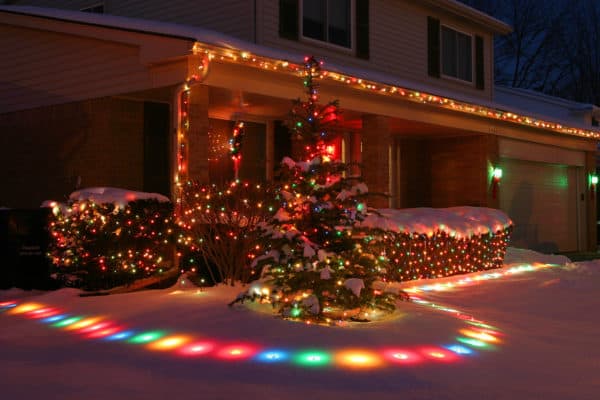
With the holidays looming near, you may be looking for areas where you can cut back on costs to give you that extra holiday cushion. We have a few tips you can consider that can not only help you go green but also put some extra cash back in your pocket!
Properly insulating your home can help energy efficiency throughout, helping you save money in the long run, not just the holiday season. Let Northwest help you go green and save green! Call and schedule your free inspection today!
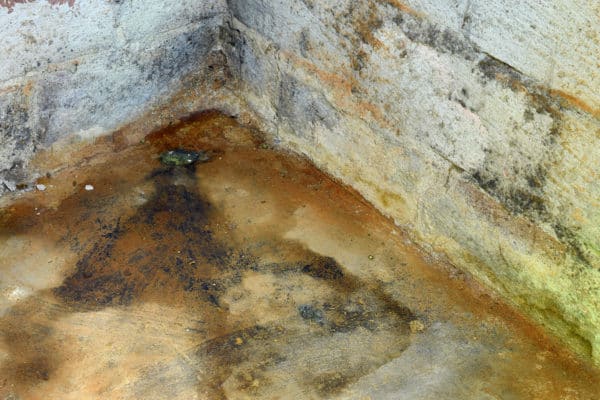
Should you enclose your crawlspace this winter? The resounding answer is yes. There are several benefits to crawlspace enclosure, especially when cold weather sets in and energy costs soar. Most crawlspaces house pipes, ducts, and other appliances. Continuous exposure to cold air and freezing temperatures can lead to frozen and busted pipes and potential water damage. While it is important to keep your crawlspace clean and dry year-round, it is especially important in the winter as it can easily become damp and humid. The excessive moisture and extreme temperatures can also cause significant damage to your home.
While closing your crawlspace vents can help, it is often not enough to keep moisture, insects, and other pests out of your crawlspace. The moisture found in crawlspaces attracts pests like termites, roaches, and millipedes and the crawlspace provides the ideal entry point to your home. The increased humidity also provides the ideal environment for mold and wood rot which can lead to serious health issues for your family and trigger allergies and asthma.
Cold air from your crawlspace can also seep through into your home, keeping your floors cold and causing your heating system to work overtime, greatly increasing your energy costs.
So what can you do this winter to keep the cold and the pests out of your crawlspace? Here are 4 steps to protecting your crawlspace this winter.
Your gutters can’t drain properly when they are clogged with leaves and debris. These clogs cause overflows with the water collecting at the base of the house. This overflow then seeps into the ground and evaporates into your crawlspace. Standing water from clogged gutters also attracts pests like mosquitoes and roaches to your home. Make sure runoff is directed away from the base of your home. If possible, extend your gutters to drain at least 10 feet away from your crawlspace. Make sure your gutters stay clean and free of debris. Consider installing gutter guards to help prevent clogs.
Although air vents allow air to circulate through your crawlspace, they also provide an entryway for water and moisture. In the winter, close all the air vents to your crawlspace before the temperatures get too cold. Have them sealed properly to prevent rainwater and moisture from getting inside. This also helps ensure your crawlspace stays warm in the winter and cool in the summer.
Your crawlspace walls, corners, and even base can have tiny holes that allow air leaks into the area. Professionally sealing your crawlspace can help prevent air from circulating through these cracks which, in turn, helps reduce humidity and keeps the warm air in.
Most crawlspaces have no covering or protection on their floors. A substantial amount of water evaporates from the ground and increases the humidity in the crawlspace. The professional installation of a vapor barrier can help prevent this evaporation and keep water and moisture out.
Whatever the season, crawlspace enclosure is a beneficial addition to your home. It not only helps increase the air quality of your home by preventing mold and wood rot, it also provides a natural pest control barrier. It also helps keep the cold air out, which means your heating unit doesn’t have to work as hard, increasing its efficiency and decreasing your energy costs.
How To Deal With Moles This Winter
Keeping Pests Away From Your Holiday Treats
How To Save Money on Your Energy Bills
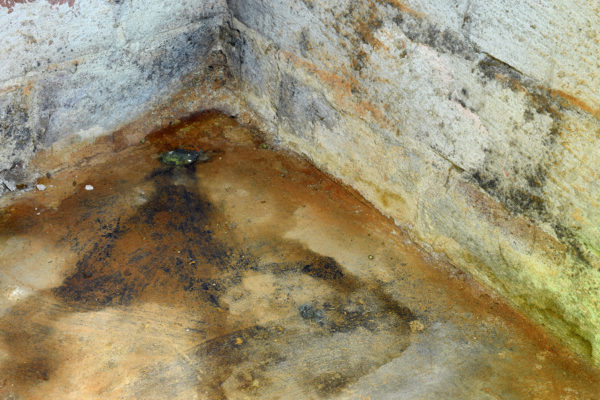
If you’re like most of us you don’t spend too much time inspecting your crawlspace. But did you know that moisture that makes its way into your crawlspace can cause significant problems not only for your home but for your health, as well? Dampness in your crawlspace is a common problem in homes without a proper moisture barrier system. Without a proper barrier, your crawlspace carries humid air that condenses and settles on the pipes, walls, and even the subflooring. This moisture provides the ideal environment for mold, mildew, and pests. A moisture barrier prevents this moisture from evaporating and seeping into the air beneath your home. Moisture barriers are composed of either foil or plastic material that helps prevent moisture from penetrating your crawlspace air.
So why should you have a moisture barrier installed in your crawlspace? Check out these 7 benefits of moisture barrier installation.
The moisture that gets into your crawlspace affects the temperature in your home. It can make your home too hot, too cold, too stuffy, or too dry depending on the weather, the season, and other factors. The moisture either absorbs the warmth from your house or keeps it from escaping. In turn, this causes your HVAC unit or furnace to run too long trying to maintain a steady temperature indoors. Installing a moisture barrier seals those spaces and keeps the moisture out of your crawlspace, helping to regulate the temperature inside.
As we mentioned above, the moisture in your crawlspace can affect the temperature inside your home. As your HVAC unit or furnace runs longer to help maintain the temperature inside, it uses more electricity which, in turn, increases your electricity bill. This also puts additional strain on the HVAC unit, causing them to wear out faster and need costly repairs and/or replacement. A moisture barrier acts as a sealant, controlling the moisture levels and easing the strain of your HVAC system, making your home more energy efficient and saving you money on your energy bills.
High moisture levels in your crawlspace provide the ideal environment for mold and mildew growth. Mold and mildew in your air system can be detrimental to your and your family’s health. Mold can also cause significant damage to your home. Installing a moisture barrier greatly reduces these moisture levels, preventing mold and mildew from forming. Mold and mildew are often the cause of foul odors in your home, as well. A moisture barrier can also help eliminate these stale, musty odors from your house.
Your crawlspace is home to a number of pipes that supply both water and power to your home. When moisture infiltrates your crawlspace, it can cause rotting inside and around these pipes, leading them to burst or break. Moisture barrier installation helps keep your pipes dryer, which increases their lifespan and decreases costly repairs.
As we mentioned above, many of the pipes in your crawlspace house electricity that runs to your home. Moisture and electricity don’t mix! Moisture in and around these pipes can lead to electrical shorts, rusted wires, and even fire. Installing a moisture barrier eliminates the moisture that can infiltrate these pipes, keeping your home safer from electrical hazards.
The foundation of your home is vital to its structure and soundness. Moisture in your crawlspace can lead to wood rot, especially on joists and beams. Rotting wood can lead to significant structural damage to your home which can, in turn, stick you with a huge repair bill. Moisture barrier installation reduces the amount of moisture in your crawlspace which helps prevent wood rot, protecting the structural integrity of your home.
Your unsealed crawlspace is an open invitation to pests and wildlife in search of shelter, food, and water. Once inside, these pests can cause significant damage to your home and your health. Rodents and other wildlife can chew through wood and electrical wires. Roaches and other insects can use the crawlspace to gain access to your home, posing potential health risks to you and your family. Installing a moisture barrier completely closes off your crawlspace, eliminating this entry point for pests into your home.
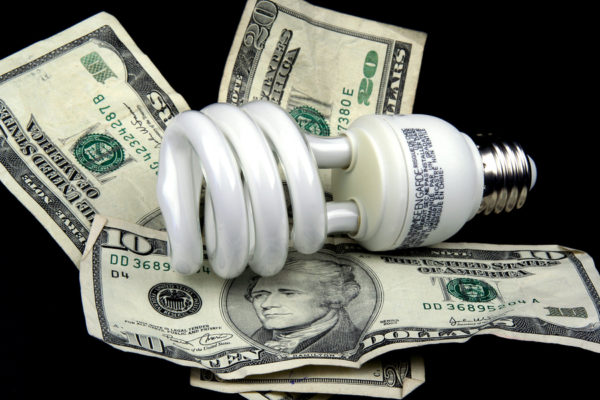
Even though the calendar says September, the thermometer still reads summer! Summer is the time of year when we see a surge in our energy costs and utility bills. As the temperatures increase outside, we spend more time inside. Kids are home from school all day running the air conditioner, using electronics and appliances, and leaving the lights on. There is also a bigger gap between the temperature outside and the temperature inside our homes – causing our air conditioning units to work harder to keep our homes cool. Summer is also a time to utilize swimming pools to have fun and cool off. Electric pool pumps, however, use a lot of energy. In fact, they can add an average of $80-90 per month to your energy bill if they run 24 hours a day. As the demand for energy increases and the supply of energy decreases, the market price of energy will inevitably go up. This helps explain why our energy bills are so high in the summer months.
So what can you do to help stay ahead of this surge in energy costs? Two options available are TAP insulation and Complete Crawlspace Enclosure.
TAP or thermal acoustical pest control insulation can help protect your home and your wallet from those increasing summer energy bills. TAP insulation:
Complete crawlspace is an enclosed crawlspace solution that includes high quality vapor liner, taped seams, sealed foundation vents, and mechanical drying. Complete Crawlspace provides you with:
Northwest wants to make sure your house is running as efficiently as possible. Click for your Free TAP Insulation estimate or your Free Complete Crawlspace estimate or by giving us a call.
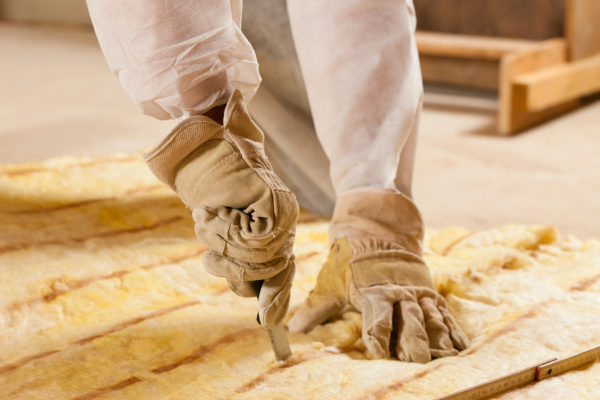
Have you ever wished you could keep your house warmer in the winter and cooler in the summer? Have you ever looked at your electricity bill and wished you could lower your payment? Have you wondered if there was something more you could do to keep pests out of your home? What if there was a product out there that could do all of these things and more? TAP (Thermal Acoustical Pest Control) insulation is energy star-rated attic insulation made of 87% recycled newsprint. TAP insulation all of the following benefits for your home:
TAP insulation is like a “blanket for your home.” The fibers in the insulation are dense enough to prevent air flow but still light enough that they can trap heat. This is especially beneficial during the winter months when the air flow from your home is the strongest and you need your insulation to work the best. This also allows you to keep more consistent temperatures in your home throughout all four seasons.
TAP insulation has small air pockets in its interconnected fibers that decrease the amount of sound that is transmitted from fiber to fiber. This decreases the amount of sound that flows through the ceiling, reducing the noise you hear from outside your home.
TAP insulation controls roaches, ants, and other pests. TAP fibers are treated with borate which then sticks to insects as they crawl through the insulation. Once the borate is ingested by the insect, it disrupts the pest’s digestive system and causes it to starve. Borates have a low toxicity for mammals which makes the risk minimal for humans and pets.
Studies show that TAP insulation can save you up to 30% on your annual energy bills. TAP reduces the air flow that leaves your house, helps keep your temperature consistent throughout the year, and makes your HVAC system run more efficiently, all helping to reduce the cost of your energy bills. The Department of Energy website has a calculator that can show you your potential savings on your current energy bill.
TAP insulation is treated with a fire retardant that helps to limit the spread of fire in your home.
TAP insulation is environmentally responsible as it is made from 87.5% post-consumer content and is also Energy Star rated. This not only saves landfill space but also helps conserve the energy used in your home, making it more green.